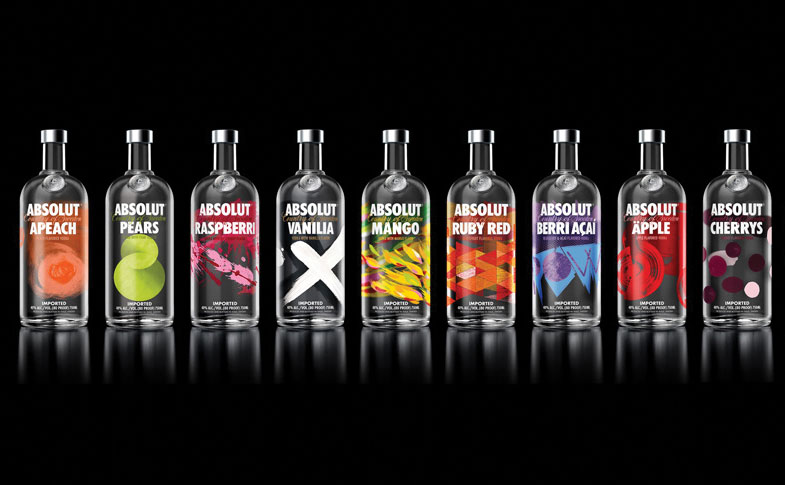What is a brand?
‘Branding’ is one of the most commonly misused words in the business world, and is often used to describe a business, product, or elements of a graphic identity—none of which are correct. Having a trendy logo, a witty tagline, a slick website, or a punchy name doesn’t mean a business has a brand. It usually means they contracted with a designer to create a brand identity rather than contracting with a brand strategist to develop a brand strategy.
While businesses with a decent product can do fairly well with a brand identity for a while, that identity will always be a quickly depreciating asset that requires ongoing marketing investment to sustain its credibility. If the creative strategy hasn’t been developed with reference to key emotional and psychological dimensions, it will lack intrinsic human value, regardless of how convincing it appears in marketing communications. A brand identity is a powerful tool when it’s part of a broader brand strategy, but it’s only one element of many that goes into a successful brand.
A fully actualized brand goes deeper than a recognizable look and feel. A successful brand takes root in the collective mind of your customers. Think of the brand as the sensory system that transforms your transactional business into a living, breathing organism, able to connect with the human psyche and elicit real emotions. These emotional cues become a symbolic currency that people trade when they transact with a business. Brand development is achieved using common elements:
Purpose:
Branding has a higher purpose than simply selling goods or services. For example, if you’re a financial advisor, your purpose is not just to sell stocks or mutual funds that outperform the benchmark in a one- or five-year time period, but to start your clients on the road to financial empowerment, freedom, and fulfillment. Good brands deliver a perceived or real improvement in some aspect of the customer’s sense of self and the meaning they derive from their place in the world. Purpose is often the conduit to achieving relevance in the mind of the consumer.
Character:
Think of any company as a person, and imagine what characteristics they’d have if you met them in Starbucks. Would you want to talk with them? What would you talk about? How would you represent yourself in their presence? These are the same questions consumers use as filters when choosing the companies they want to engage with. Branding helps the company to convey its unique persona, distinguish it from its competitors, and establish an authentic and intimate relationship with its customers.

Promise:
When a customer does business with a company, two simultaneous transactions take place. One is the simple, rational transaction in which goods or services are exchanged for money. The other is a more complex, emotive transaction in which the brand delivers a valued experience in exchange for the customer’s trust and loyalty. The brand promise encompasses both.
For example, Apple’s promise is “Think Differently,” giving them permission to pioneer products that run counter to the status quo while creating an evangelical following of independent, creative thinkers who previously hadn’t had a voice in the technology market.
Whatever the brand promise is, it must be treated no differently than a promise someone would make as an individual. It needs to be kept. If it’s broken, the brand can quickly disappoint and alienate customers with immediate and cataclysmic results. The brand promise manifests itself in the standards and values that define every individual in the organization, create the culture, drive product development, improve customer service, and enhance every other part of the organization.
Consistency:
Customers’ expectations are formed through the narrative of their experiences with the company’s products, marketing communications, and level of customer service. The moment a company breaks consistency in its products, service delivery, brand promise, communications, social programs, or any other function, it creates confusion, disappointment, anger, and a profound sense of betrayal in the people who have come to rely on that brand. By consistently delivering on every element of the brand, the company can deepen customer relationships and build trust and familiarity while allowing the brand to develop incrementally and sustainably over time.
Summary:
Turning a business into a brand requires more than a visual identity. It takes extensive consumer research, assessment, introspection, and honesty. These are the elements of a good brand plan. When businesses seek clarity and fully explore the experiential, emotional, and intangible dimensions that underlie their market offerings, they can find their purpose, fulfill their promise, and achieve their potential.
Specifically, brand strategy helps:
- Create intuitive responsive workplaces to attract high performers
- Lift perceived and actual value to allow higher price points
- Increase customer loyalty and advocacy to drive marketing costs down
- Focus resources on compatible activity to reduce operational waste
- Construct meaningful market relevance to prompt segment domination
- Influence supplier and partner relationships to reduce the cost of goods sold
If you’d like to use branding to boost your business, please contact Frank Strategy about brand strategy. We’ll help you define what the point of your business really is so you can start sharing it with the world.